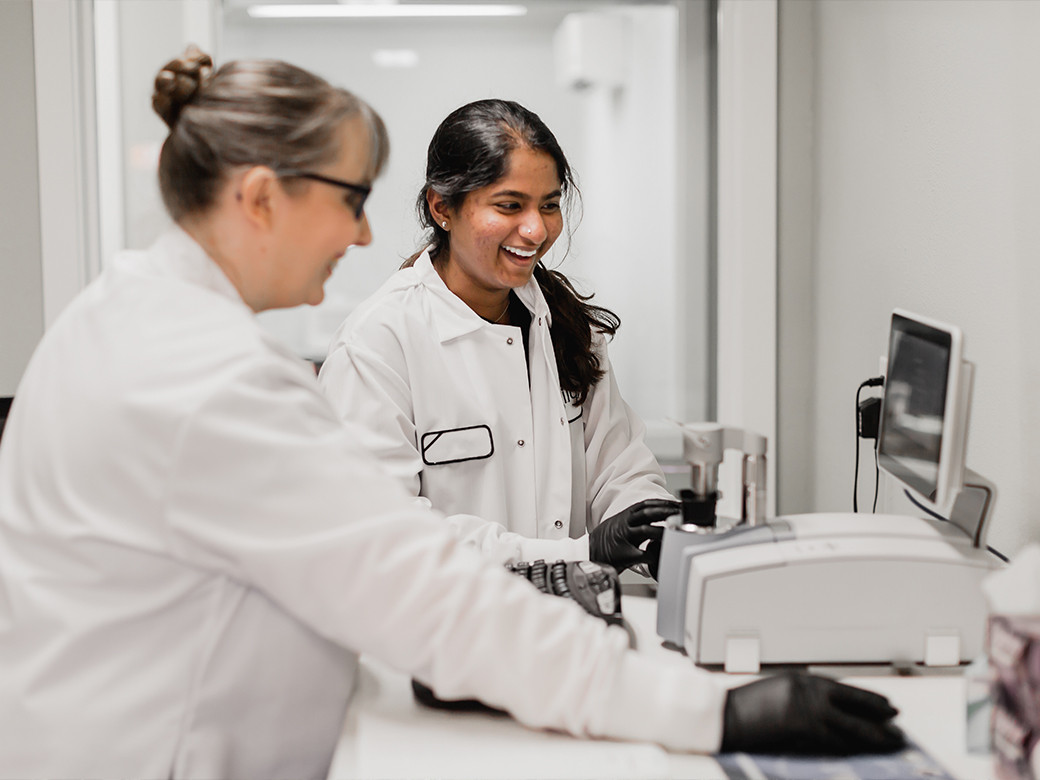


Only 10% of plastics are recycled today, and that must change. Cyclyx is a new kind of plastic feedstock management company that works with industry participants to increase plastic recyclability.
Cyclyx operates as a membership consortium, uniting stakeholders around the circular value chains to work together and drive new results in plastic recycling.
By working with partners to source, collect and pre-process large volumes of waste plastic based on exact technical specifications, Cyclyx redirects more plastic into recycling. This new partner-driven model aims to boost plastic circularity – and break the cycle that has kept recycling from reaching its full potential.
3 main steps to source and develop custom post-use plastics
Characterize and qualify plastic waste feeds to meet exact partner specifications, drawing on Agilyx in-depth understanding of the chemical composition of post-use plastics.
Apply proprietary approach to sourcing, aggregating and pre-processing large volumes of post-use plastic.
Deliver custom post-use plastic feedstocks to partner for conversion.

Cyclyx uses a fundamentally different approach to recycle plastics. We assess each source of waste plastic to understand its chemical profile. These profiles are assessed for the various mechanical and chemical recycling pathways that the plastics can be used for and then aggregated and pre-processed in a customized way for our partners to create new products including virgin equivalent polymers at a lower carbon profile than current manufacturing methods using fossil fuels.
Cyclyx’s circular pathways and rigorous documentation of mixed plastic waste have been validated with a global ISCC PLUS certification. The ISCC PLUS is a standard well-recognized by all stakeholders for recycled materials which provides traceability along the supply chain and verifies that companies meet environmental and social standards.
Only 10% of post-use plastic is recycled
Post-use plastic recycling relies on fragmented, inefficient systems that have kept down recycling rates. Even though the right technology exists, valuable post-use plastics have wound up in landfills and the environment. But with a new approach, that can change.
Learn more about the 10to90 mission and take back programs.